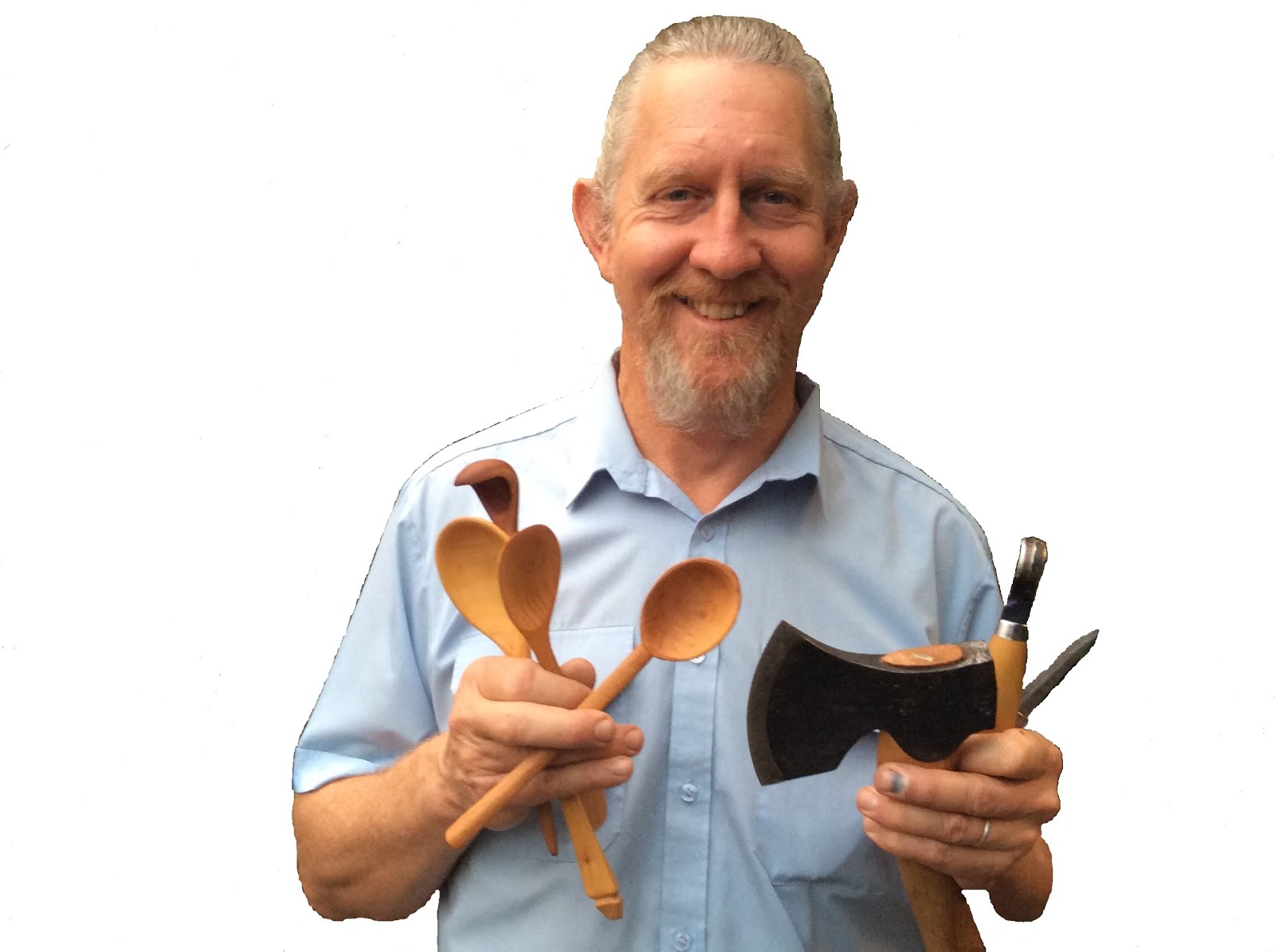Check out the pic of this treasure trove of timber at a Waste Management Facility. A wood dump, predoninantly comprising of packaging and dunnage. For a person who is keen on recycling timber, this pile contains exciting possibilities and great potential. I pulled some aweom wood out of this pile which I recycled, wood which had come from all over the planet. Some of it was known to me, and much of it is of species unknown to me.Someone once asked how we know that the packaging timber has not been treated with nasty chemicals, as we are using it for food purposes in it's new life. It is a perfectly valid question. So for your interest I thought I would explain how I usually tackle this matter in relation to the safe recycling of packing materials. There are international agreements pertaining to the prevention of the spread of nasty stuff around the planet. So I usually look for the appropriate symbol which is often found somewhere on the exterior of the packaging.
This symbol is the ISPM 15 mark. Some of this information below I obtained from the Australian Government's Quarantine and Inspection Service.
ISPM 15 is the 'International Standards for Phytosanitary Measures Publication No. 15 (2009): Regulation of Wood Packaging Material in International Trade'.
The United Nations Food & Agriculture Organisation (FAO) addresses plant quarantine through the International Plant Protection Convention (IPPC). The IPPC is an international treaty administered by the FAO and implemented through the cooperation of member governments. Australia is a member or 'contracting party' to the treaty.
An ISPM 15 compliant mark looks like this:
What the IPPC certification symbol means:
- XX: represents the two letter ISO country code (e.g. AU for Australia, US for United States, NZ for New Zealand, GB for United Kingdom).
- 000: represents the unique certification number issued by AQIS to the treatment provider or wood packaging manufacturer. Inclusion of this certification number ensures that the wood packaging material can be traced back to the treatment provider and/or manufacturer.
- YY: is the treatment abbreviation where:
- - HT is the code for heat treatment to a minimum of 56o C for a minimum of 30 minutes
- - MB is the code for methyl bromide fumigation.
More of this info can be obtained from the following website:
http://www.daff.gov.au/aqis/import/timber/ispm-15-faq#What
Methyl Bromide is worrying stuff. Methyl bromide is a broad spectrum fumigant toxic to fungi and other micro-organisms. I am told that all garlic imported into Australia is required by the Australian Department of Agriculture to be fumigated with Methyl Bromide! Meanwhile, effective 18th March 2010, the European Union have banned the use of Methyl Bromide as a container fumigant. So Australian Quarantine (AQIS) will apparently no longer recognise certificates of fumigation from the EU where Methyl Bromide treatment has been used.
Methyl bromide is the most potent ozone depleting substance still in use today. In 1991 it was identified internationally as a chemical which contributes to the depletion of the ozone layer. Accordingly, the Australian manufacture and importation of methyl bromide was to have been phased out completely by 1 January 2005. However, the uses of methyl bromide in quarantine pre-shipment (QPS) and as a chemical feedstock are currently exempt from the phase-out. Hence it continues to be used in many places around the world as a fumigation method for timber packaging and dunnage, and is an approved treatement under ISPM 15. (except in the EU now?)
If the timber from packaging has been heat treated, then I generally reckon it is OK for recycling as kitchen chopping boards, cooking spatulas, chop sticks, bowls, and wooden spoons.. If it has been treated with methyl bromide, then I will not use it for food purposes. However I will use it for furniture and other wooden items. Incidentally, man-made wood derived materials, like plywoods, particle boards, MDF etc (which were bonded together using heat, pressure and glues) are not required to bear an ISPM 15 mark. The manufacturing process kills off any fungicides, insects or other nasties which may have been harboured in the raw materials prior to manufacture.
So next time you are pulling apart a pallet or crate to utilise that wonderful resource of timber or sheet material, keep an eye out for the ISPM mark. Now you will know what it means, and know a bit more of it's story. I hope that this info has been helpful to those who wonder about recycled wood.

Most of the chopping boards made by this group were made from packaging.
Sometimes a real gem turns up in the packaging pile. I am no expert on North American timbers, but I believe the stick in the picture below is American White Oak. The ISBM 15 Compliance Mark stamped on it tells me me it's from the USA and it was Heat Treated. Delicious.
So next time you see a pallet or crate in the skip bin or on the rubbish tip, have a close look at it. There is a chance you may need to liberate it into it's next life as a kitchen utensil... If it is an exotic piece of timber, look for the ISPM 15 Compliance Mark. If you can find one, it offers both useful information and intrigue!
 |
| What a score! A piece of American White Oak, 8"x1" x 6' long. (200 x 38 x 1850mm) |
.jpg)







